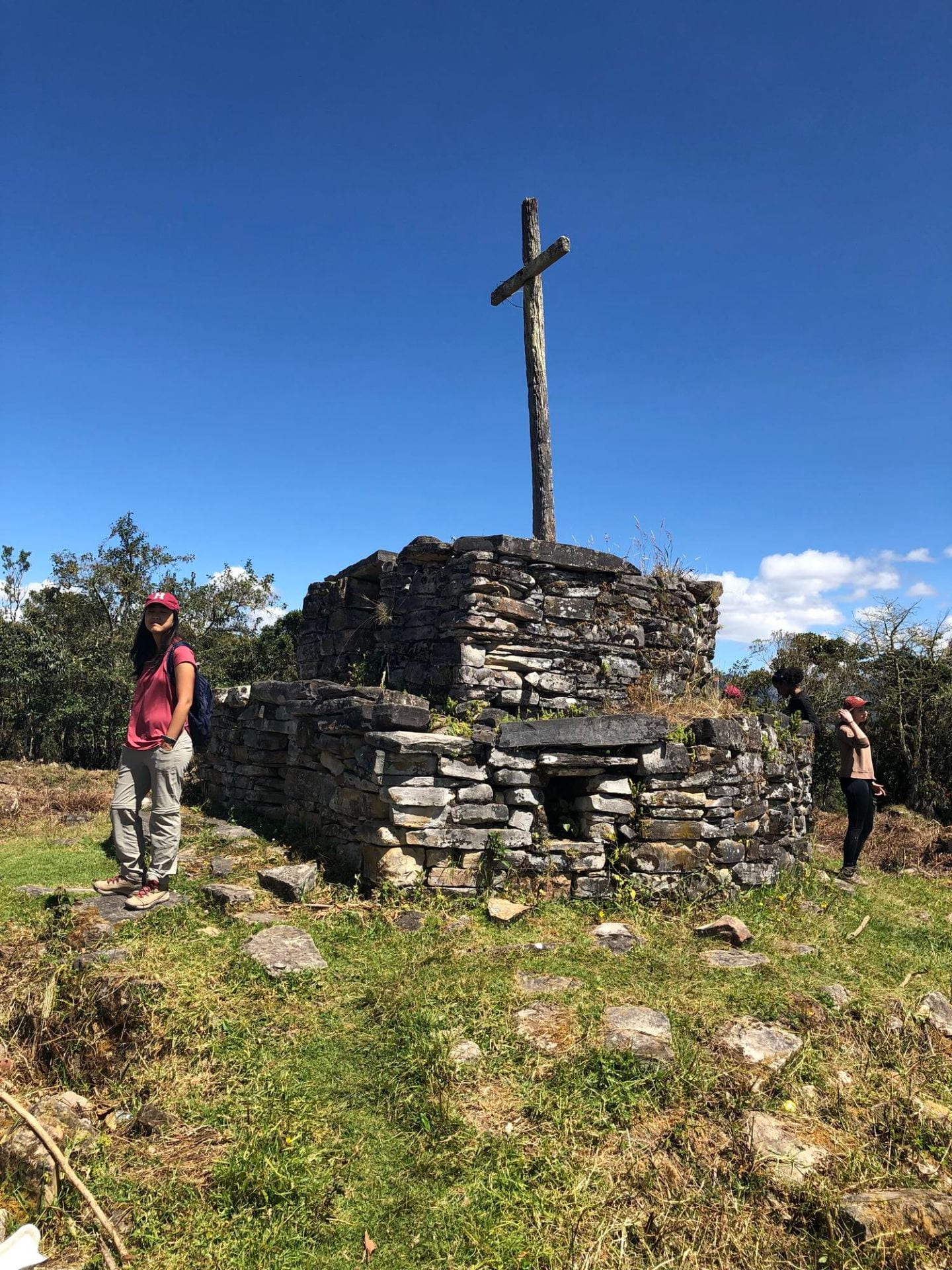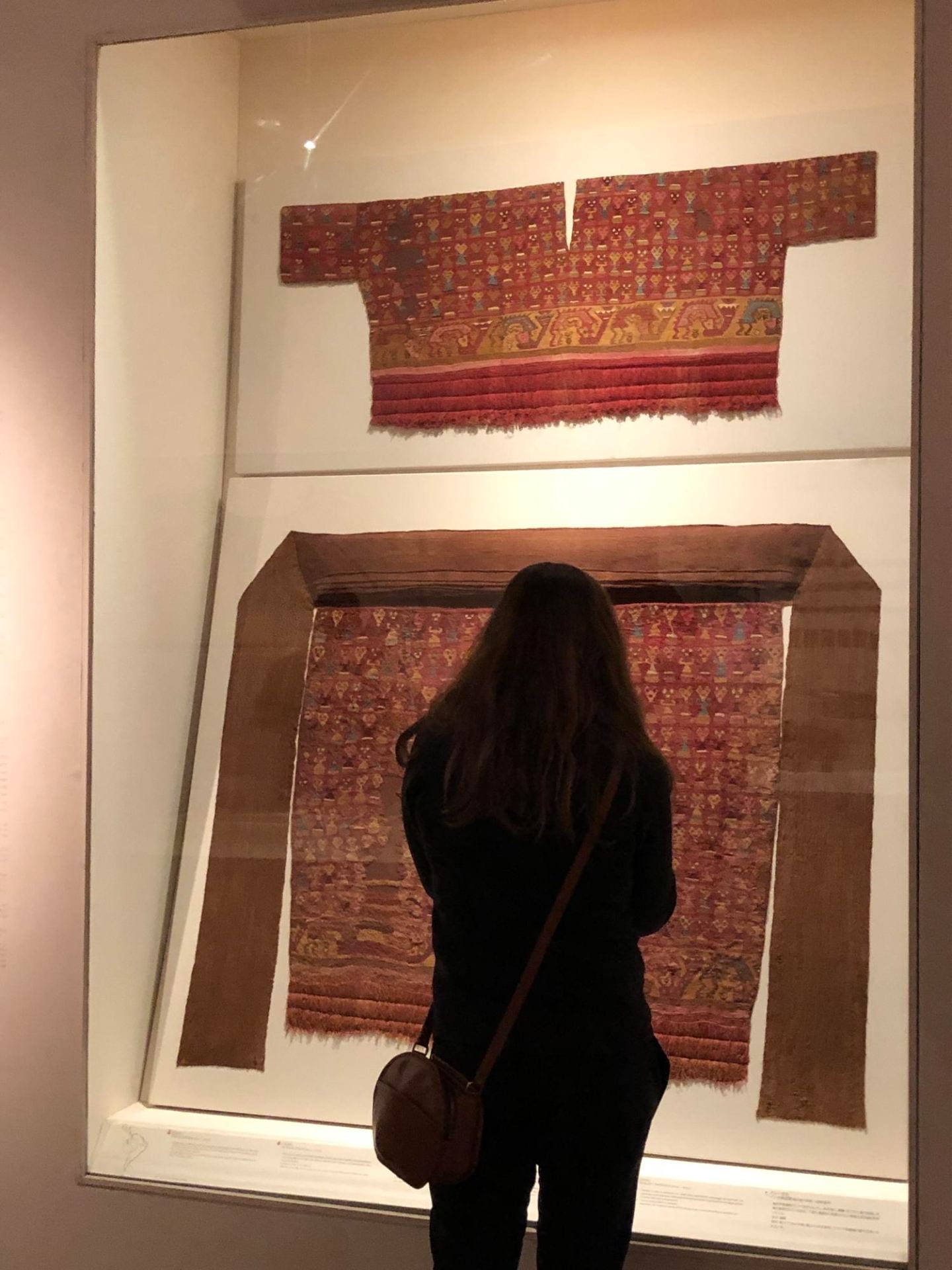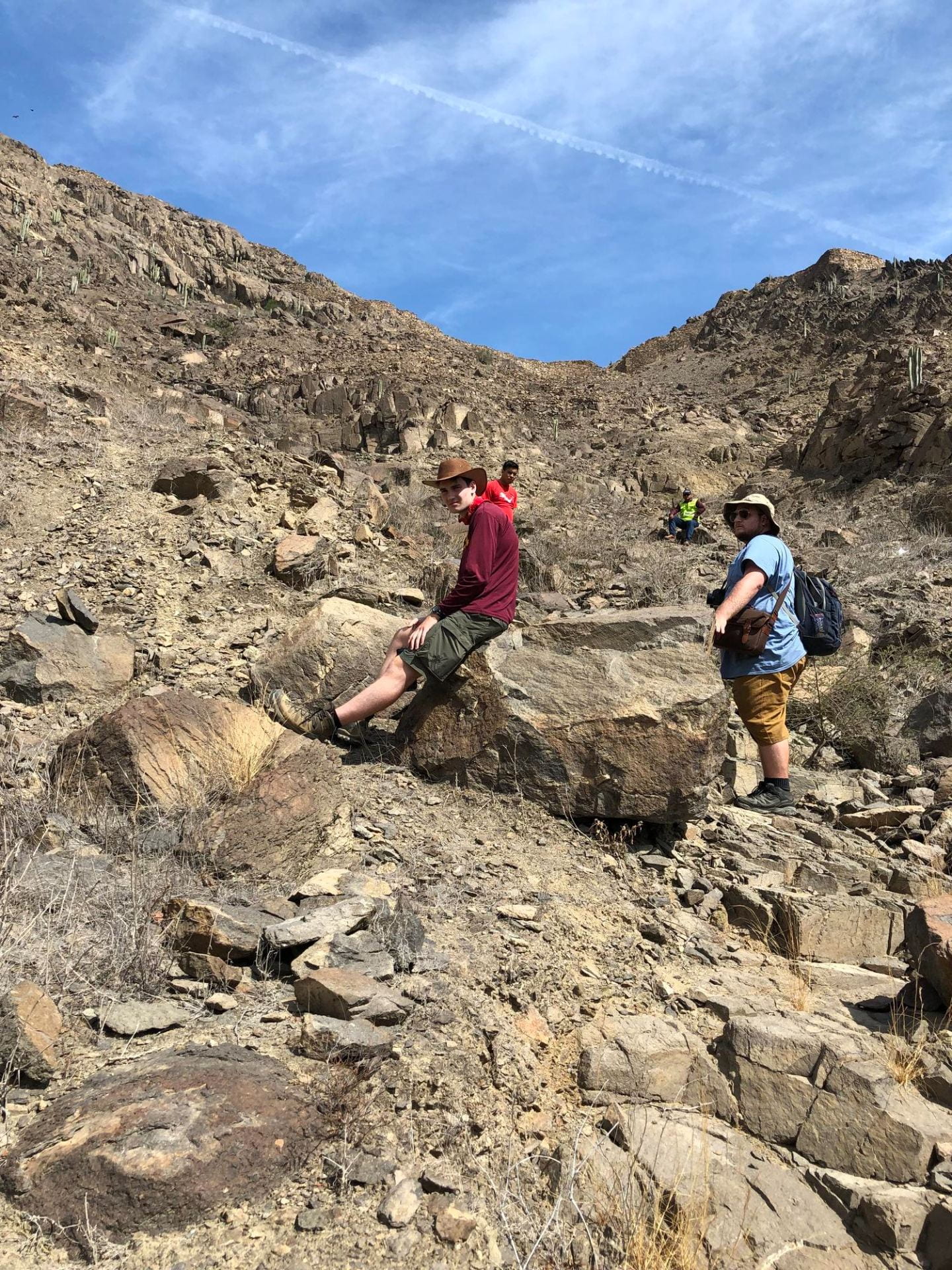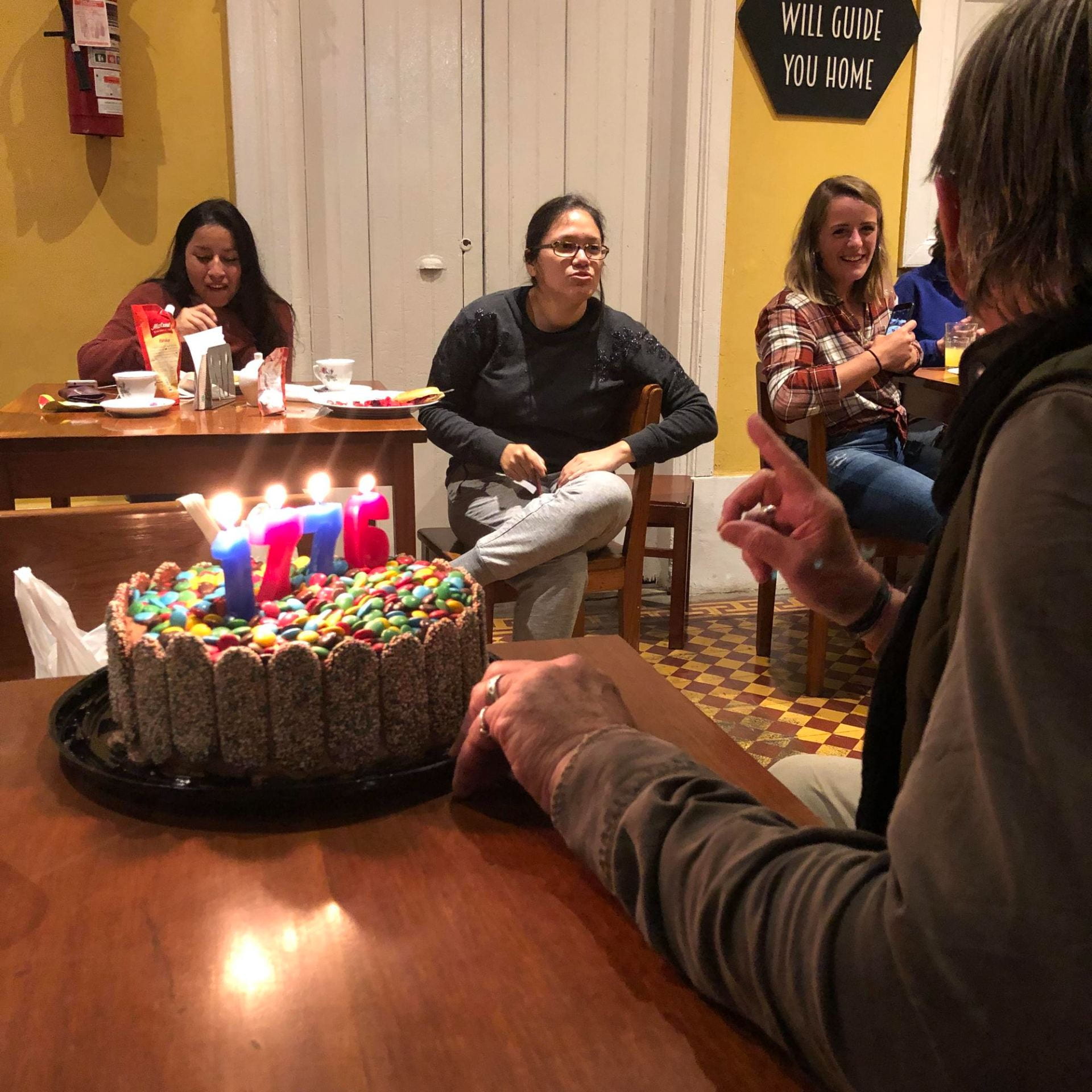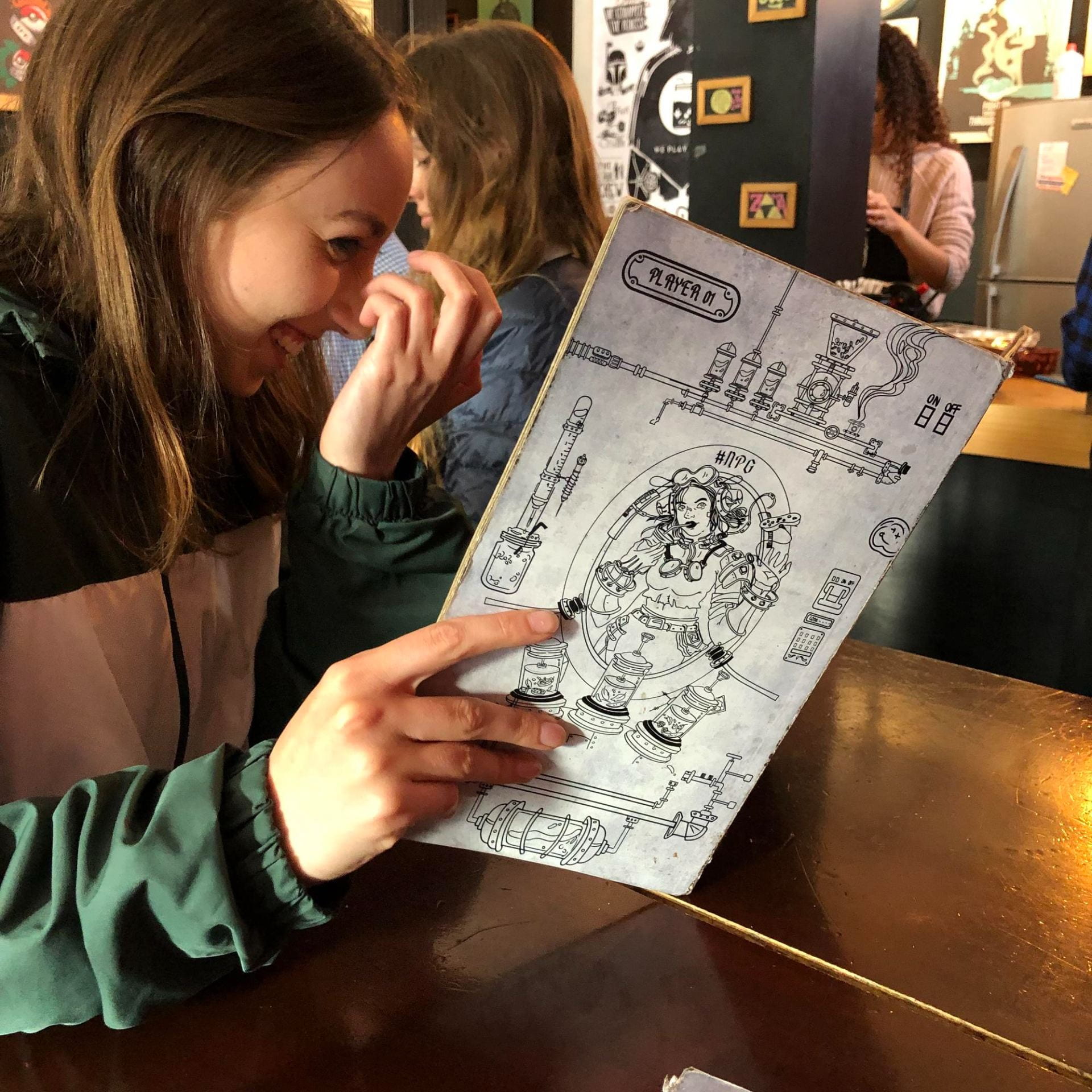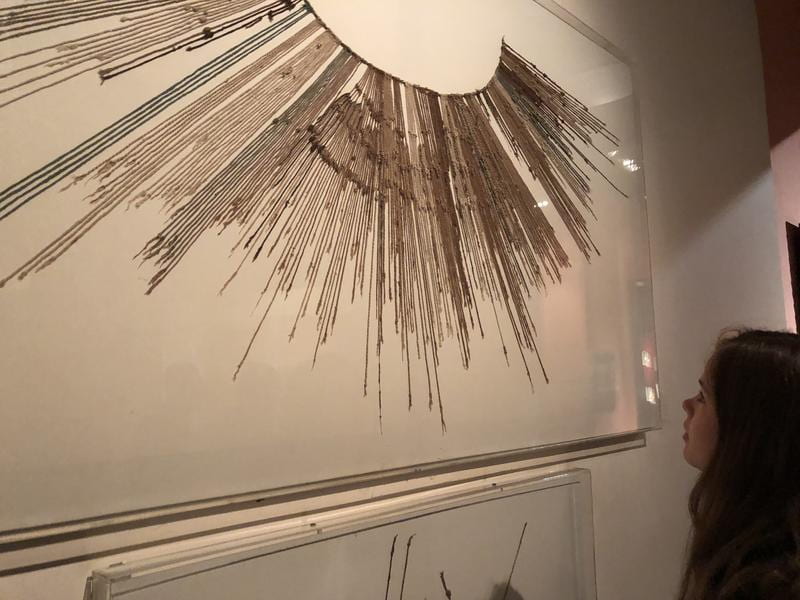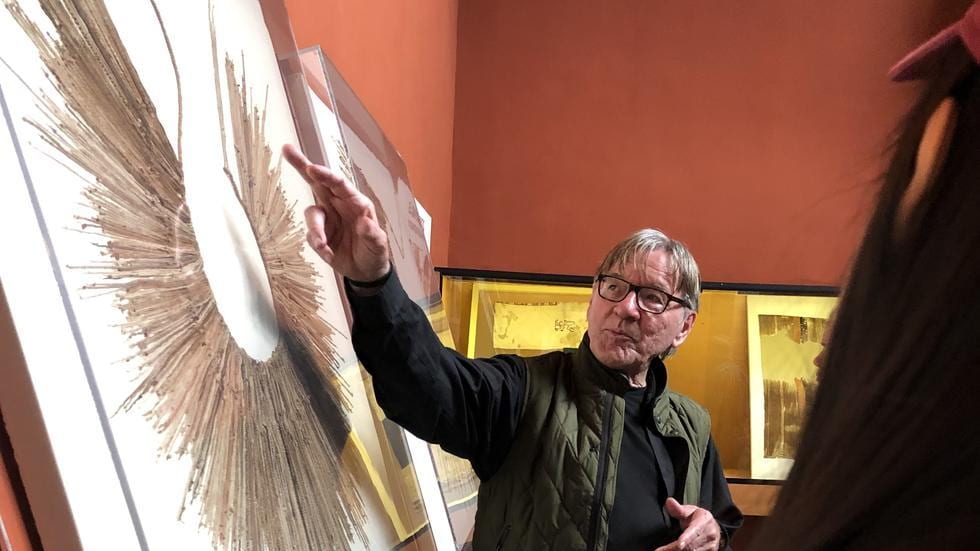
About the Author
Harvard Summer School Program in San Jose de Moro, Peru
The summer of 2019 has been an amazing adventure. We learned about Incan quipus from the world expert on the subject, toured important archaeological sites and museum with their directors, took lectures from Peru’s Minister of Culture and interacted with locals whose lives have been affected by archaeological research. On the weekends small packs of students ventured into town visiting local restaurants and cultural craft stores. I even got to practice my Spanish language skills as a I ordered the best milkshake I have ever tasted.
This past summer I had the pleasure of attending the Harvard Summer School Program in San Jose de Moro, Peru. In addition to providing me with course credit towards my concentration and access to the archaeological sites I am researching for my honors thesis, this trip provided me and my peers with invaluable cultural experiences as we traveled through the highlands and along the north coast of Peru. Having the opportunity to attend this archaeological field school has been invaluable to me as a student of Anthropology and as a global citizen.
More Student Views
Oppression Disguised as Aid: The Colonial Legacy Behind Haiti’s Struggling Healthcare System
In rural communities in the United States, it takes an average of 34 minutes to reach the nearest hospital. In rural Haiti, the average is two hours. Infectious diseases including tuberculosis, cholera and HIV/AIDS go untreated due to the lack of basic healthcare infrastructure and the violence disrupting the provision of health services.
“Yoltajtol. A Word from the Heart”: The Nahuatl Worldview Comes to Harvard
On February 28th, the Moses Mesoamerican Archive and Research Project held the inaugural Nahuatl Workshop “Yoltajtol, A Word from the Heart.” The workshop had the twofold goal of offering an introduction to the Nahuatl language and showing to the participants that Nahuatl is a constitutive part of present-day indigenous peoples’ worldview.
CPR Ambassador Journey
English + Español
One of the simplest yet most effective ways of saving a life in the case of sudden cardiac arrest is cardiopulmonary resuscitation (CPR). It’s an accessible procedure to be trained on, as almost anyone of any age can learn it. Knowing this, and that performing CPR right after cardiac arrest increases survival chances two to three times, why hasn’t everyone been trained on CPR at some point in their lives? (American Heart Association).


